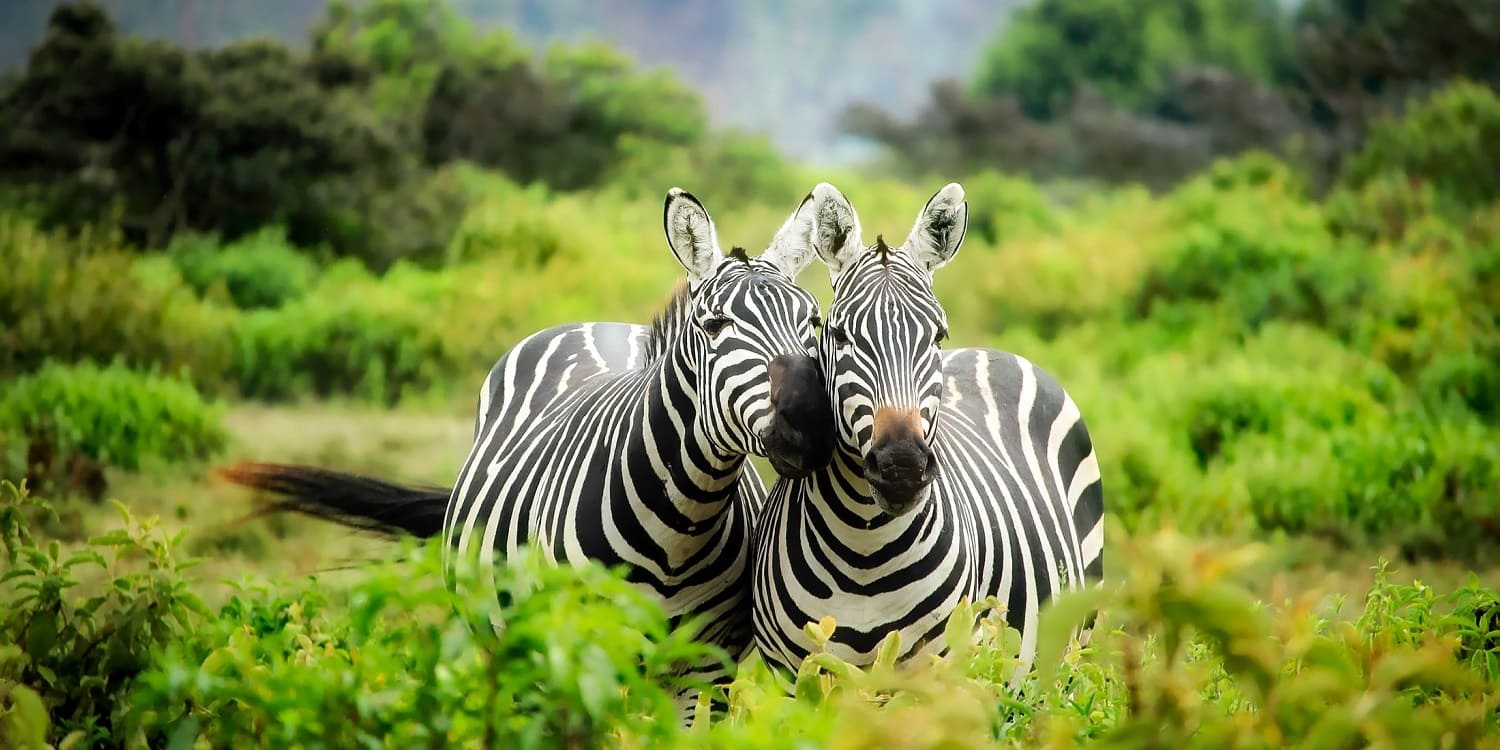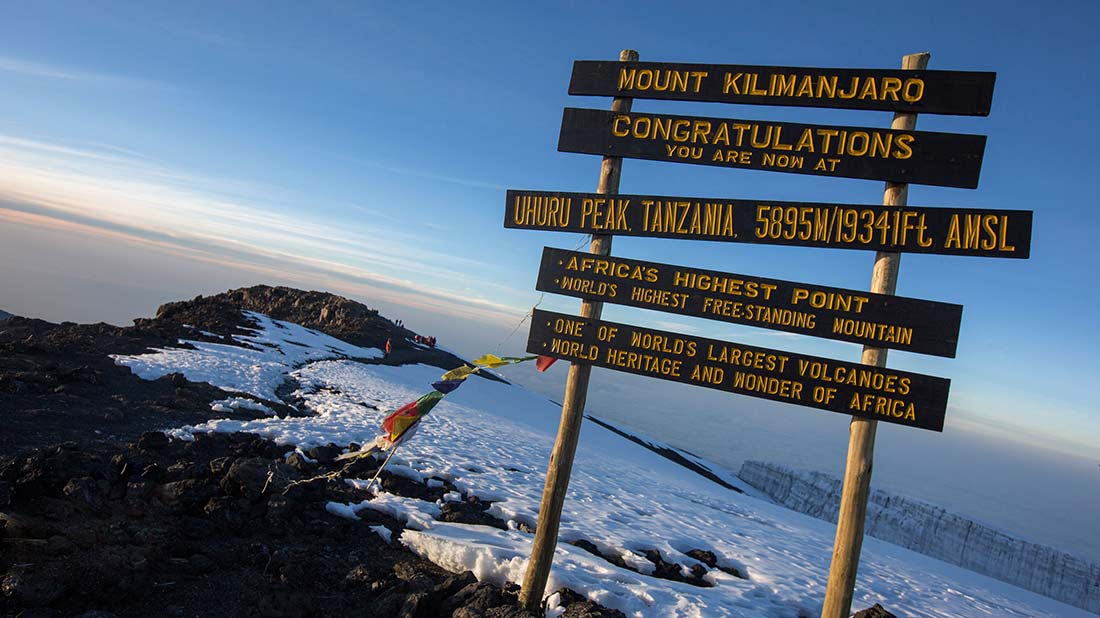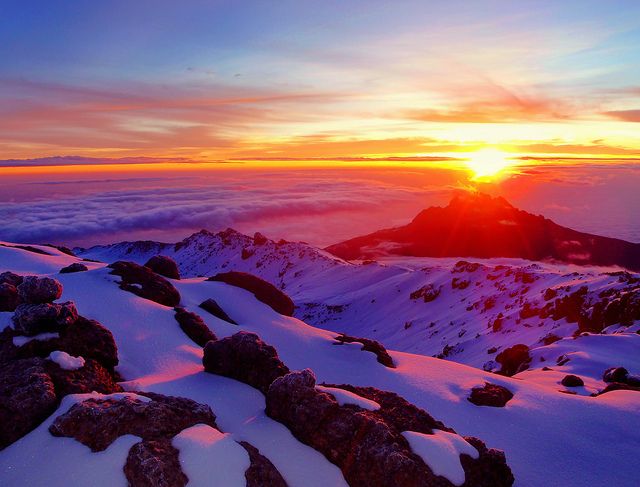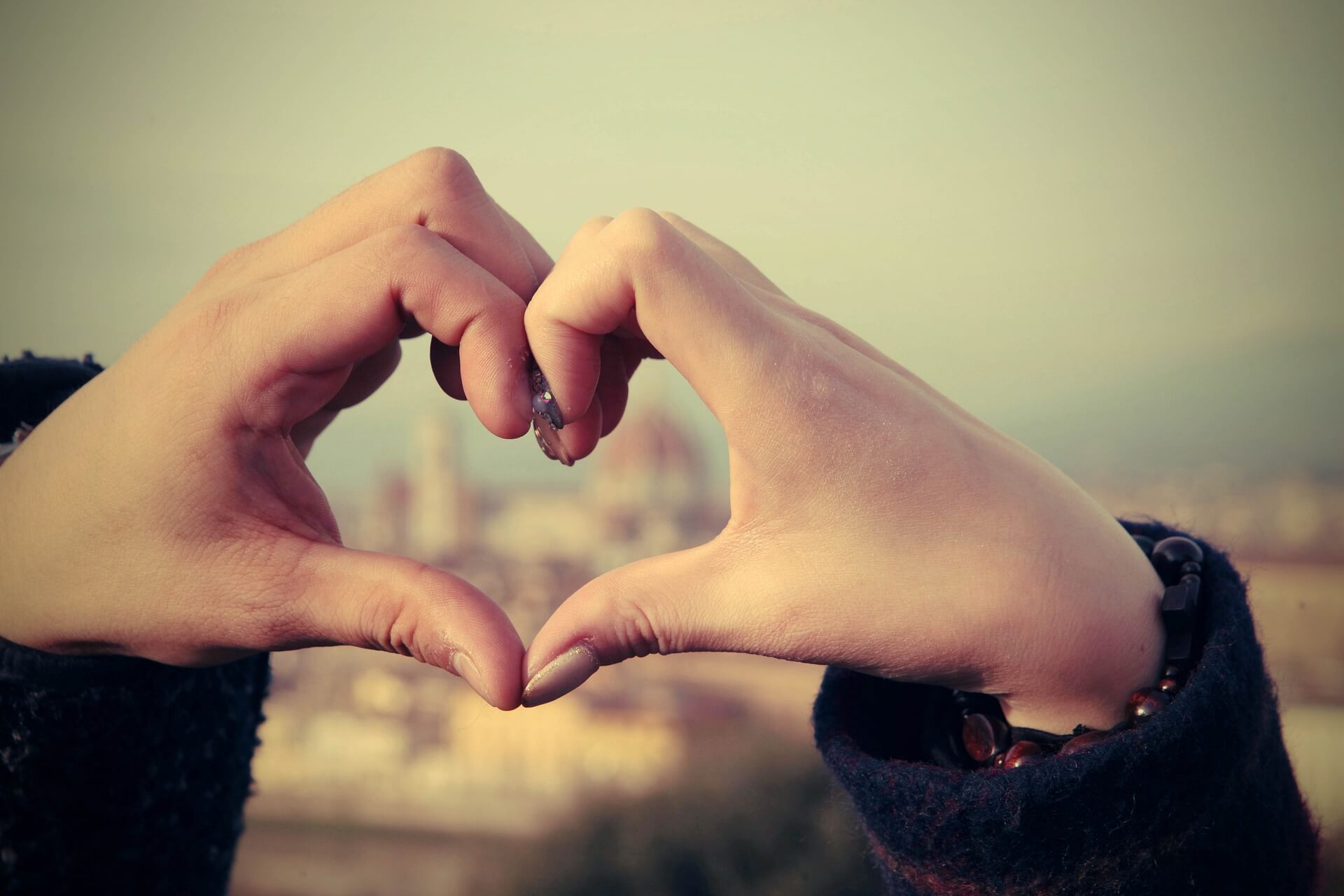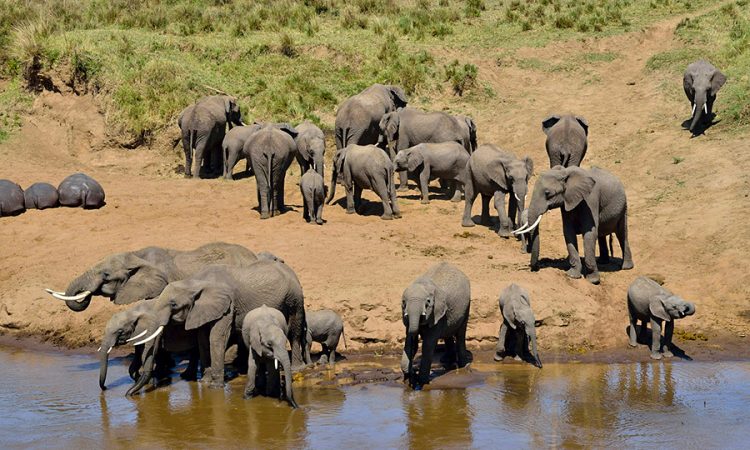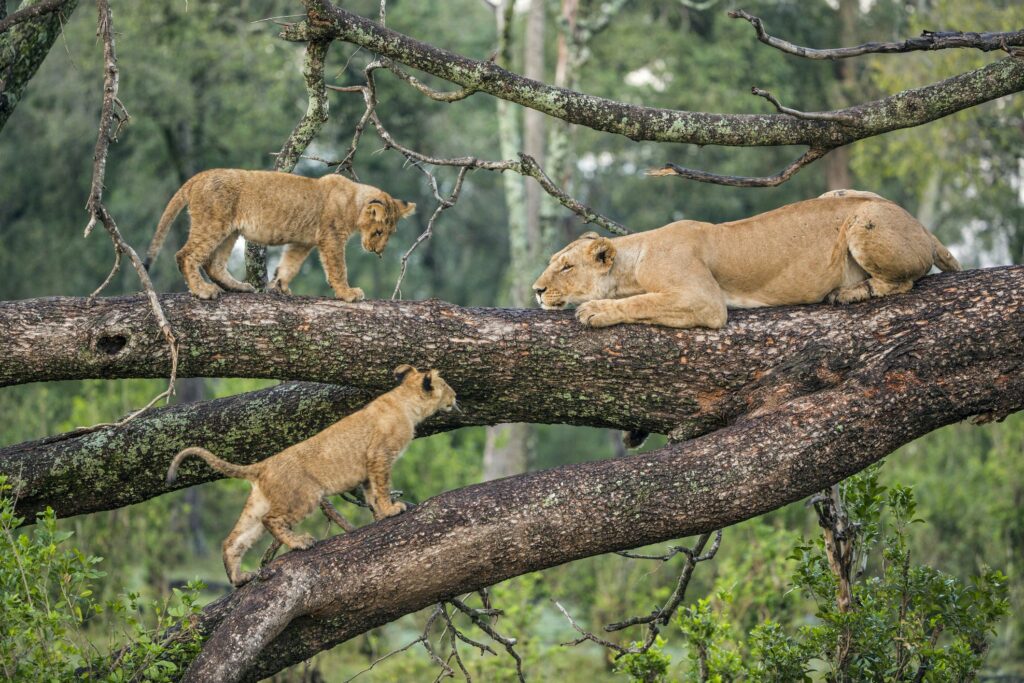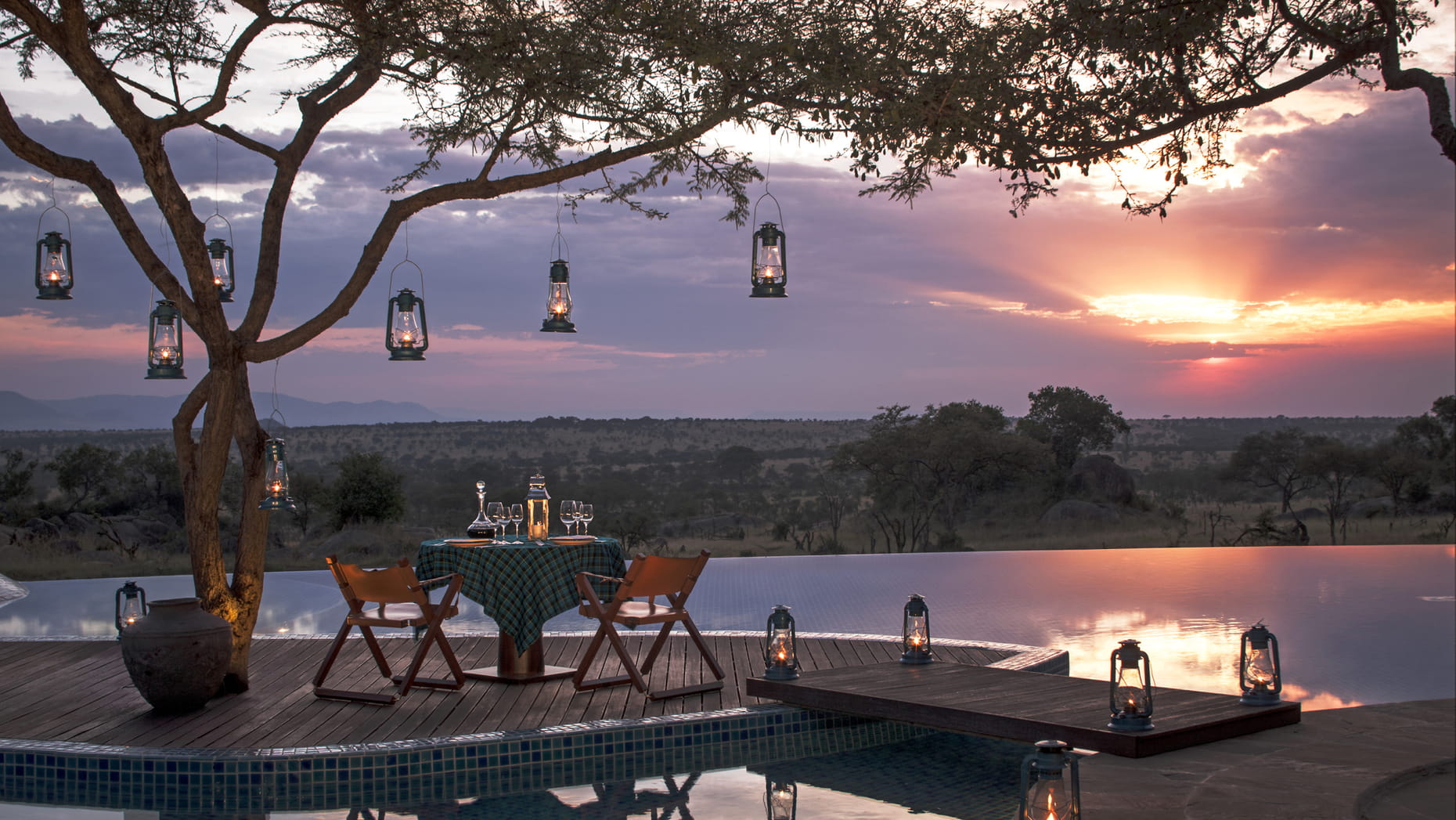5 DAY MT. KILIMANJARO CLIMBING ADVENTURE - 🇹🇿
Tour snapshot
5 Days
Tanzania
Mountain Adventure
Overview
Embark on a thrilling 5-day climb to the summit of Mount Kilimanjaro, Africa's highest peak. This adventure offers stunning views, diverse ecosystems, and an unforgettable experience. The Coca-Cola Route, also known as the Marangu Route, is one of the most popular and accessible routes to the summit of Mount Kilimanjaro. This route offers hut accommodations, making it a more comfortable option for climbers.
This adventure offers a manageable yet challenging climb, with the comfort of hut accommodations, making it a great option for climbers aiming to reach the highest peak in Africa.
Included/Excluded
Select Dates
{{type.name}}
{{type.display_price}} per person
Guests
Extra prices:
- {{total_price_html}}
- {{pay_now_price_html}}
Guest in maximum
BOOK NOW Book NowImportant information
- Nature & Adventure
- Activities
Itinerary
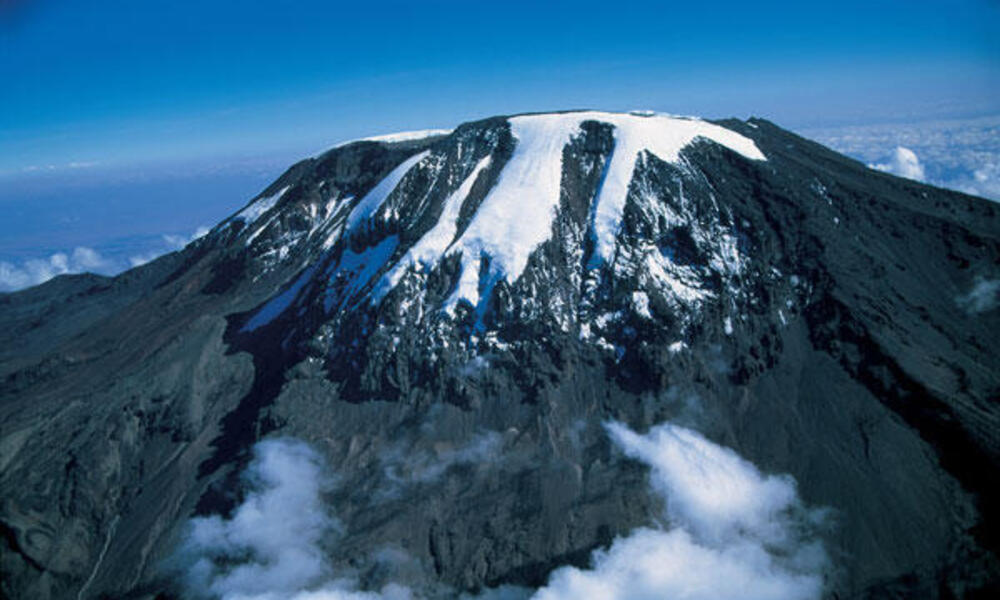
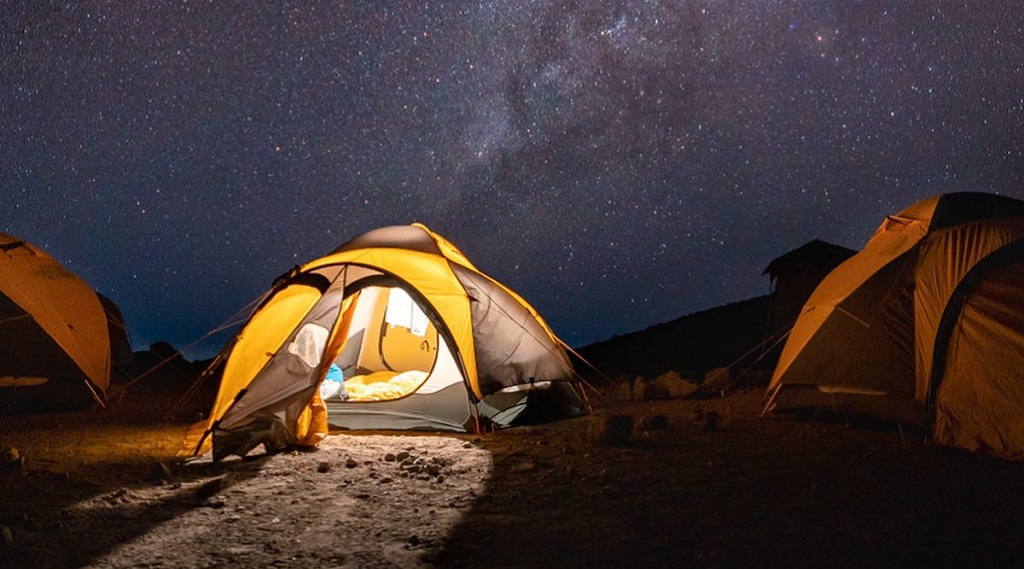
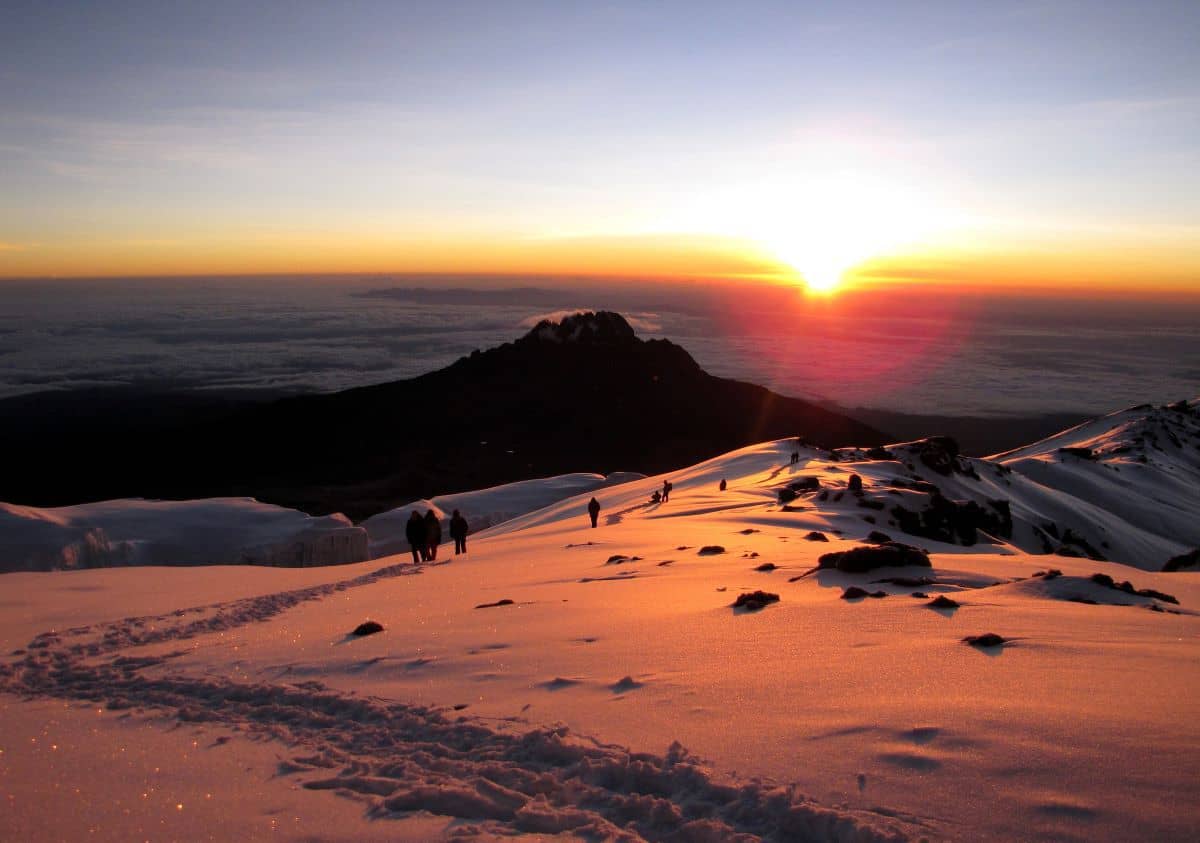
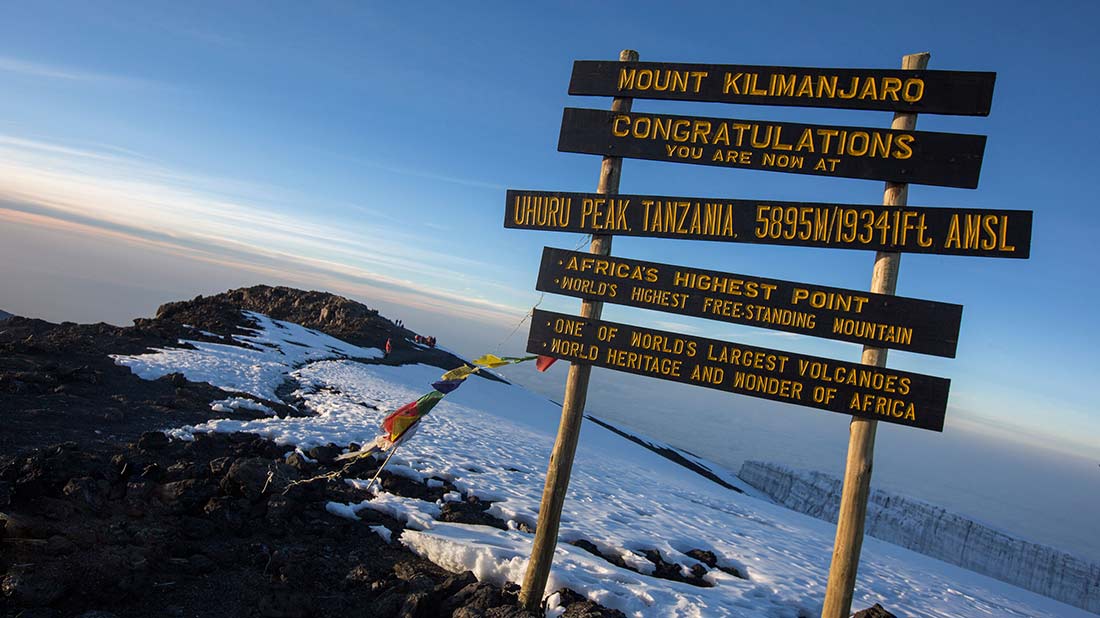
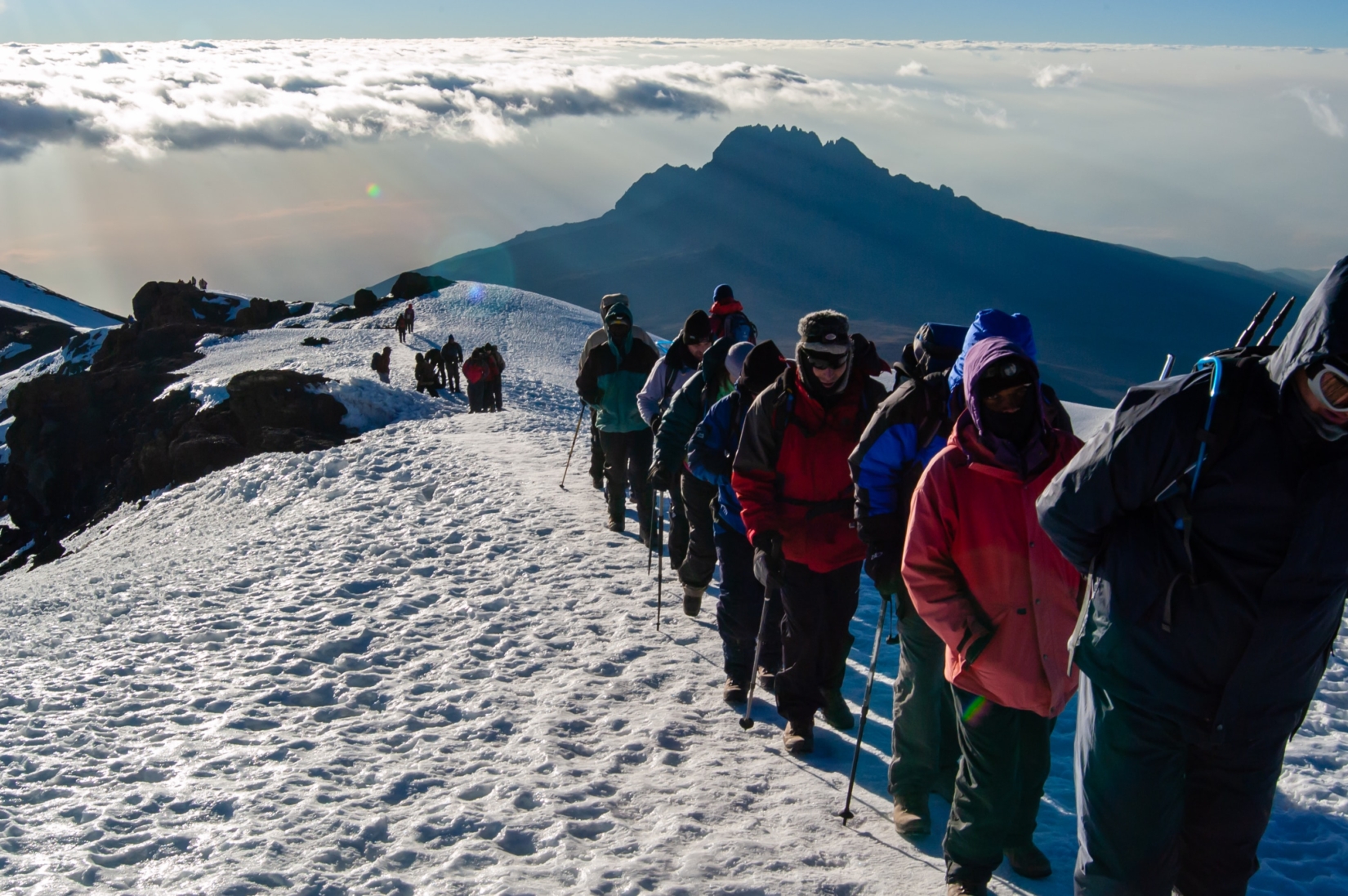
FAQs about
5 DAY MT. KILIMANJARO CLIMBING ADVENTURE - 🇹🇿
The Marangu Route, also known as the Coca-Cola Route, is one of the most popular and accessible routes to the summit of Mount Kilimanjaro. It is known for its hut accommodations, making it a more comfortable option compared to camping routes.
The Marangu Route is approximately 64 kilometers (40 miles) round trip. The ascent and descent typically take 5 days.
The Marangu Route is considered one of the easier routes on Mount Kilimanjaro due to its gradual ascent profile and hut accommodations. However, it still presents a significant challenge due to the high altitude.
Climbers stay in huts along the Marangu Route. The huts are equipped with dormitory-style beds and communal dining areas. This makes the Marangu Route unique among Kilimanjaro routes, which typically require camping in tents.
The Marangu Route starts and ends at Marangu Gate, located at the southeastern base of Mount Kilimanjaro.
The best times to climb Mount Kilimanjaro are during the dry seasons, from late June to October and from late December to February.
The success rate for the Marangu Route varies but is generally lower than other routes due to the short duration, which allows less time for acclimatization. Success rates are estimated to be around 50-60%.
Climbing Mount Kilimanjaro requires good physical fitness. Training should include cardiovascular exercise, strength training, and hiking to build endurance and stamina.
Essential equipment includes warm clothing, a good quality sleeping bag, hiking boots, a day-pack, trekking poles, and personal items.
Yes, altitude sickness is a concern on Mount Kilimanjaro. Symptoms can include headaches, nausea, dizziness, and fatigue. It's important to acclimatize properly and to descend if symptoms become severe.
Yes, Tanzanian regulations require that all climbers hire a licensed guide. Most climbers also hire porters to carry equipment and supplies.
Weather on Mount Kilimanjaro can vary greatly. Lower elevations are typically warm and humid, while higher elevations can be cold and windy. Temperatures at the summit can drop below freezing.
Guest reviews
You might also like
A 4 DAY DELIGHTFUL SAFARI - LAKE MANYARA, SERENGETI & NGORONGORO CRATER- 🇹🇿
Tanzania
6 - DAY SAFARI IN TARANGIRE, SERENGETI & NGORONGORO CRATER - 🇹🇿
Tanzania
6 DAY ROMANTIC HONEYMOON IN SERENGETI NATIONAL PARK - 🇹🇿
Tanzania
